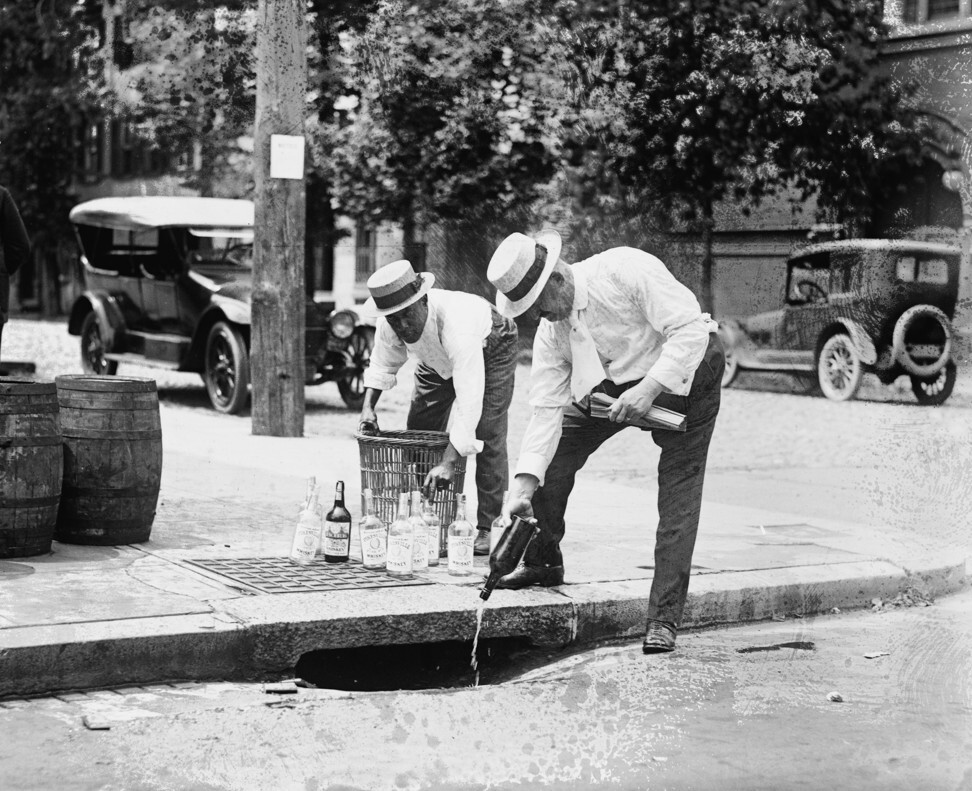
There is more to American whiskey than bourbon – historic rye is growing in popularity
- High taxation meant once-popular rye whiskey lost ground to cheaper alternatives, including ‘rotgut’ and, later, bourbon
- Seeking something new, modern distillers are rediscovering rye, which is traditionally more savoury on the palate
Whisky is the barrel-aged distilled spirit made of grains produced in Scotland; in Ireland and the United States, they add an “e” to produce “whiskey”.
Spirits connoisseurs may be familiar with American whiskey, bourbon, made primarily from corn. But bourbon hasn’t always been the whiskey of choice for Americans. Rye was widely grown in colonial Maryland and Pennsylvania in the mid-1700s and used to make whiskey known, naturally, as rye.
Pennsylvania whiskey was made entirely from rye and called Monongahela rye. Maryland, further south, used about 35 per cent corn for a sweeter, more mellow rye.
When the first US government was formed in the late 18th century, rye whiskey was one of the first goods to be taxed, providing an impetus for distillers to use less highly taxed grains. Home-made spirits – called firewater or rotgut – were made from raw alcohol coloured with caramelised sugar or chewing tobacco. But for those who could afford it, rye remained important throughout the civil war and up to Prohibition, with a gill (a four-ounce glass) of rye costing a nickel in a local saloon, and up to US$2 in a posh hotel in the 1800s.

Production decreased during Prohibition (1920-33) but afterwards it was bourbon, made primarily from Midwest corn, that became America’s favourite brown spirit. Rye was made by small distillers in the east who lacked the infrastructure to grow. And one of the first farm bills during the Depression supported corn, not rye, making it cheaper still for distillers to make bourbon.
The year 2006 marked the renaissance of rye in the US. At that point, the consumption of rye was almost non-existent: 150,000 cases versus 14.7 million cases of bourbon. Curiosity led distillers to look up old recipes to offer consumers something new, and by 2018, rye production had grown to 1.1 million cases.
The essential difference between the two is flavour: rye offers a more savoury spice on the palate, a smoother flavour with a more mellow finish than bourbon, which tastes more of sweet vanilla.
To be classified as a rye, the distillate must contain at least 51 per cent of the grain, be no less than 80 per cent alcohol by volume and be aged in newly charred oak barrels that are used only once. A premium “straight” rye is aged for at least two years.

Two classic rye cocktails
He did much to start the cocktail age. By the 1850s, his cocktail, which originally contained cognac, became known as a Sazerac. In the 1870s, cognac was replaced by cheaper rye whiskey and absinthe was added; when that became illegal, owing to the hallucinogenic ingredient wormwood, it was replaced by Pernod.
The Manhattan was created at New York’s Manhattan Club. Legend has it that it was first made for Winston Churchill’s mother, Lady Randolph Churchill, in 1874.
It’s a simple cocktail, made with four parts of rye to one part sweet vermouth, a couple of dashes of Angostura bitters and a maraschino cherry garnish. Variations abound, with bourbon, Irish whiskey or Southern Comfort substituted for the rye, and a twist of lemon instead of a maraschino.

